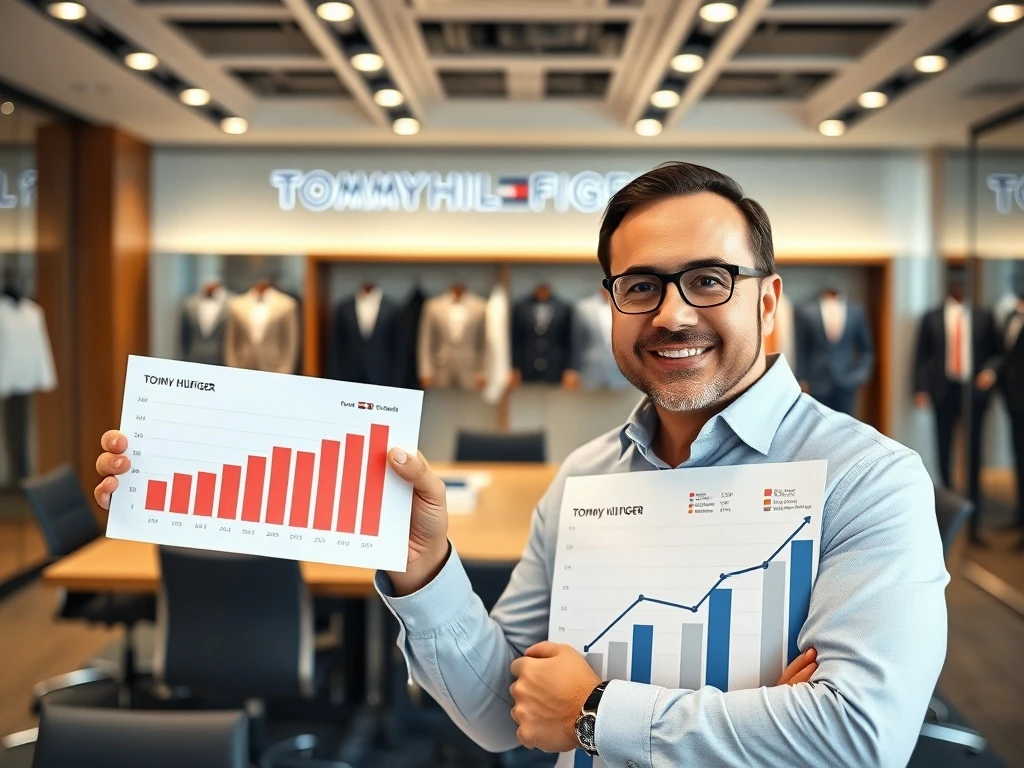Despite mounting tariff pressures reshaping global supply chains, PVH Corp, the parent company of Tommy Hilfiger and Calvin Klein, confidently projects 2025 as a pivotal turnaround year for the clothing industry. This bold forecast comes amid significant structural changes affecting apparel manufacturers worldwide.
Navigating Tariff Challenges in the Clothing Industry
Recent tariff implementations have fundamentally disrupted traditional clothing manufacturing patterns. Consequently, companies must adapt quickly to new economic realities. PVH leadership emphasizes their strategic positioning for this clothing industry comeback. They have implemented several key measures:
- Supply chain diversification across multiple regions
- Strategic pricing adjustments to maintain competitiveness
- Enhanced digital transformation initiatives
- Sustainable manufacturing partnerships
2025 Projections and Market Analysis
Industry analysts closely monitor PVH’s performance indicators. The company’s quarterly reports show remarkable resilience. Furthermore, consumer demand patterns continue evolving. PVH executives maintain optimistic projections for 2025. They anticipate several positive developments:
- Increased market share in key regions
- Improved profit margins through efficiency
- Stronger brand positioning globally
- Enhanced digital sales channels
Strategic Initiatives Driving Recovery
PVH continues investing in innovative technologies. These investments support their clothing industry comeback strategy. The company focuses on three core areas specifically. First, they enhance e-commerce capabilities significantly. Second, they optimize inventory management systems. Third, they strengthen customer engagement platforms.
Industry-Wide Implications and Trends
Other apparel companies watch PVH’s approach carefully. The clothing industry faces universal challenges currently. Tariff structures affect pricing strategies industry-wide. However, consumer spending patterns remain relatively stable. Companies that adapt successfully will likely thrive.
Future Outlook and Market Position
PVH maintains strong confidence in their 2025 projections. Their leadership team cites several positive indicators. Consumer brand recognition remains exceptionally high. Additionally, operational efficiencies continue improving steadily. The clothing industry comeback appears increasingly achievable.
Frequently Asked Questions
What specific tariffs affect the clothing industry?
Recent trade policy changes implemented import duties on various textile products. These tariffs primarily impact manufacturing costs and retail pricing strategies across the apparel sector.
How is PVH positioning for the 2025 comeback?
The company diversified its supply chain significantly. They also invested in digital transformation and optimized operational efficiencies to withstand market pressures.
What indicators support PVH’s optimistic forecast?
Strong brand performance, stable consumer demand, and successful adaptation strategies provide confidence in their 2025 projections despite current challenges.
How are competitors responding to industry changes?
Other apparel companies implement similar strategies including supply chain diversification, pricing adjustments, and increased digital investment to navigate tariff impacts.
What risks could affect the 2025 comeback timeline?
Potential economic slowdowns, additional trade restrictions, or unexpected consumer behavior changes could impact the projected recovery timeline.
How will consumers experience these industry changes?
Shoppers may notice slight price adjustments and increased emphasis on digital shopping experiences as companies adapt to new market conditions.








